Introduction to flannel board: Let's see what happens when you fill the tub with water. What might we see in the bathtub? Each line starts with "Fill the tub with water, what do you see?" Let's say that together. . . . Good!
Fill the tub with water, what do you see? I see bubbles floating in the bathtub sea. Fill the tub with water, what do you see? I see a washcloth floating in the bathtub sea. Fill the tub with water, what do you see? I see a cake of soap floating in the bathtub sea. Fill the tub with water, what do you see? I see a shampoo bottle floating in the bathtub sea. Fill the tub with water, what do you see? I see a little boat floating in the bathtub sea. Fill the tub with water, what do you see? I see a pouring cup floating in the bathtub sea. Fill the tub with water, what do you see? I see a toy shark floating in the bathtub sea. Fill the tub with water, what do you see? I see some swim goggles floating in the bathtub sea. Fill the tub with water, what do you see? I see a watering can floating in the bathtub sea. Fill the tub with water, what do you see? I see a rubber ducky floating in the bathtub sea. Fill the tub with water, what do you see? I see a nice clean baby splashing in the bathtub sea.
Early Literacy Aside--Empower: Even when you are giving your children a bath, naming the objects, describing them, talking about floating and sinking, heavy and light, as they play with toys in the bath; these are good ways to expand their knowledge and vocabulary which will later help them understand what they read.
by Amy Alapati and Virginia Krute, Montgomery County (MD) Public Library Flannel board pattern: filltubwaterFB

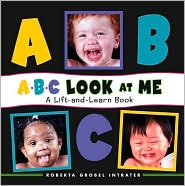
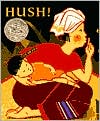
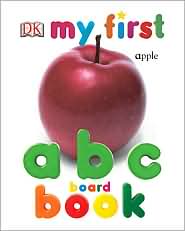
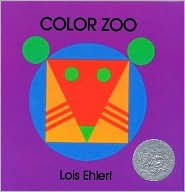
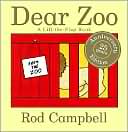
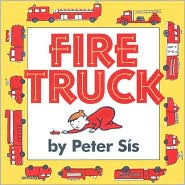
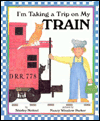
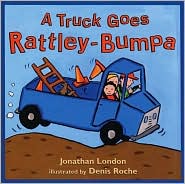
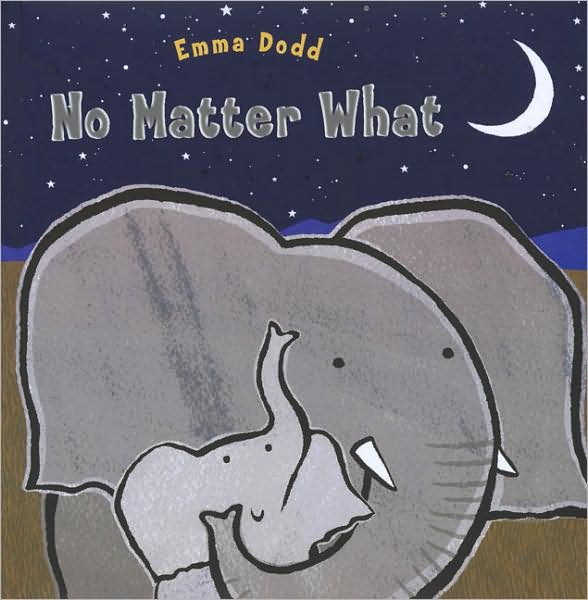 Earlly Literacy Aside--Explain: Welcome. Today we are going to have stories that have elephants in them. [Show elephant puppet] I am also going to highlight vocabulary as a fun way to help your child get ready to read. The more words they know, the easier it will be for them to understand what they read and also to make sense of words as they sound out words.Early Literacy Aside--Example: Very young children learn the names of things they see or see pictures of, like elephant, flowers, mouse. As they get older they understand words for feelings and concepts like sad, happy, good, bad, big elephant, little elephant. And older still, they understand words for ideas like brave, kind, mean. These are examples of ways you can develop your child's vocabulary daily in a fun way. You can use books to help develop all levels of vocabulary. Listen to some of the words as I read our next book.
Read No Matter What
Early Literacy Aside--Empower: The library has many books with opposites, feelings, and other concepts to help you have fun with vocabulary development with your child. Books from naming items to talking about ideas. Just ask us for some suggestions.
Earlly Literacy Aside--Explain: Welcome. Today we are going to have stories that have elephants in them. [Show elephant puppet] I am also going to highlight vocabulary as a fun way to help your child get ready to read. The more words they know, the easier it will be for them to understand what they read and also to make sense of words as they sound out words.Early Literacy Aside--Example: Very young children learn the names of things they see or see pictures of, like elephant, flowers, mouse. As they get older they understand words for feelings and concepts like sad, happy, good, bad, big elephant, little elephant. And older still, they understand words for ideas like brave, kind, mean. These are examples of ways you can develop your child's vocabulary daily in a fun way. You can use books to help develop all levels of vocabulary. Listen to some of the words as I read our next book.
Read No Matter What
Early Literacy Aside--Empower: The library has many books with opposites, feelings, and other concepts to help you have fun with vocabulary development with your child. Books from naming items to talking about ideas. Just ask us for some suggestions. Early Literacy Aside--Explain: Hello, parents. Today in storytime we are highlighting one of the early literacy skills, phonological awareness. This is the ability to hear and play with the smaller sounds in words including rhyming, beginning sounds and today we'll be doing animal sounds. Developing this skill will help children later sound out words as they learn to read.As you read Cock-a-Moo-Moo, note when the rooster crows that the font is large which means to use a LOUD voice. Point out the words for the corresponding sounds. Conclude the story by having the children say cock-a-doodle-do loudly to convey the rooster getting it right.
Early Literacy Aside--Example: Hearing and learning animal sounds helps children hear the smaller sounds in words too.
Early Literacy Aside--Empower: Hearing the rhythm of language and making the sounds of animals, both of these contribute to phonological awareness, hearing the smaller sounds in words, one of the skills that researchers have found helps with reading later on. Take opportunities during the course of the day to point out and to imitate sounds you hear, a car horn, the doorbell ringing, and so forth.
Early Literacy Aside--Explain: Hello, parents. Today in storytime we are highlighting one of the early literacy skills, phonological awareness. This is the ability to hear and play with the smaller sounds in words including rhyming, beginning sounds and today we'll be doing animal sounds. Developing this skill will help children later sound out words as they learn to read.As you read Cock-a-Moo-Moo, note when the rooster crows that the font is large which means to use a LOUD voice. Point out the words for the corresponding sounds. Conclude the story by having the children say cock-a-doodle-do loudly to convey the rooster getting it right.
Early Literacy Aside--Example: Hearing and learning animal sounds helps children hear the smaller sounds in words too.
Early Literacy Aside--Empower: Hearing the rhythm of language and making the sounds of animals, both of these contribute to phonological awareness, hearing the smaller sounds in words, one of the skills that researchers have found helps with reading later on. Take opportunities during the course of the day to point out and to imitate sounds you hear, a car horn, the doorbell ringing, and so forth. Read Dog's Day. As you point to the title also point out the letter D in Dog and Day.Early Literacy Aside--Example: Help your children find letters based on the subjects they like. D is the first letter in dog. If your child is interest in trucks, you can point out the letter t.
Early Literacy Aside--Empower: Remember that letters are everywhere! Have your child make letters with their fingers, whole body, or playdough.
Read Dog's Day. As you point to the title also point out the letter D in Dog and Day.Early Literacy Aside--Example: Help your children find letters based on the subjects they like. D is the first letter in dog. If your child is interest in trucks, you can point out the letter t.
Early Literacy Aside--Empower: Remember that letters are everywhere! Have your child make letters with their fingers, whole body, or playdough.